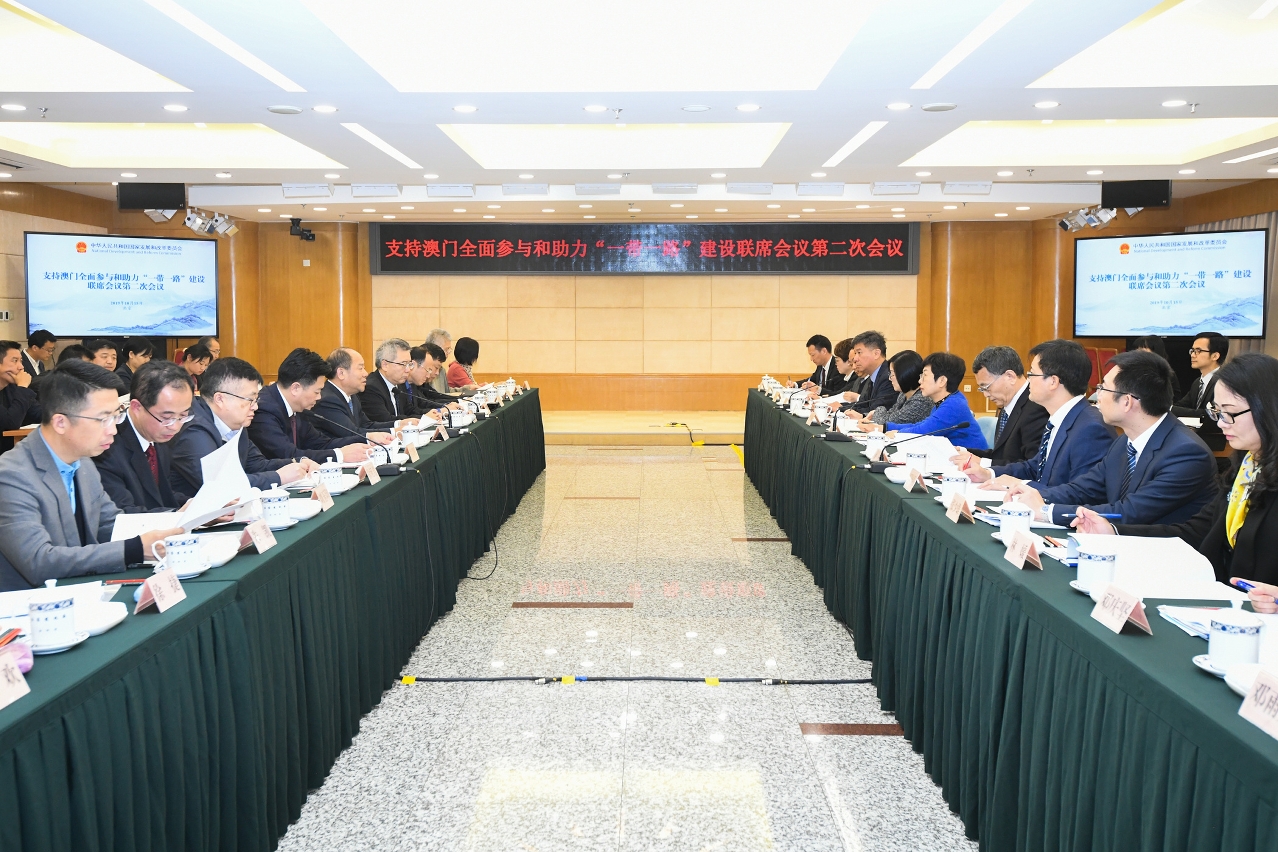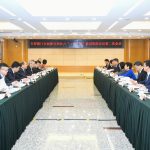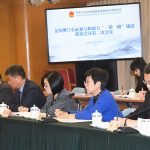 The National Development and Reform Commission and the Macao SAR Government hold in Beijing the 2nd joint conference on the advancement of Macao's full participation in and contribution to the Belt and Road Initiative.
The National Development and Reform Commission and the Macao SAR Government hold in Beijing the 2nd joint conference on the advancement of Macao's full participation in and contribution to the Belt and Road Initiative.
The next phase of the work plan regarding advancing Macao’s full participation in – and contribution to – the “Belt and Road” initiative, has been outlined during a joint conference held on Tuesday (15 October) in Beijing.
It was attended by the Secretary for Administration and Justice of the Macao Special Administrative Region (SAR), Ms Chan Hoi Fan, and Vice Chairman of the National Development and Reform Commission, Mr Ning Jizhe.
The meeting was the second on the topic since the signing in December 2018 of the “Arrangement between the National Development and Reform Commission and the Government of the Macao Special Administrative Region for Advancing Macao’s Full Participation in and Contribution to the Belt and Road Initiative”.
Other mainland authorities represented at Tuesday’s joint conference – and that have roles in the ongoing mechanism – were: the Hong Kong and Macao Affairs Office of the State Council; the Ministry of Foreign Affairs; the Ministry of Commerce; the Ministry of Culture and Tourism; the People's Bank of China; the State-owned Assets Supervision and Administration Commission; and the China Banking and Insurance Regulatory Commission.
During the meeting, attendees shared their insights on major work necessary to press ahead with Macao’s participation in the “Belt and Road” initiative.
Speaking at the joint conference, Mr Ning noted there had been a number of practical steps taken since the first joint conference held in December 2018. He added they had created positive effects regarding boosting Macao’s contribution to the “Belt and Road” initiative.
Macao enjoyed plenty of unique advantages and had an unparalleled role in the development of the “Belt and Road” initiative, Mr Ning underlined.
The Vice Chairman of the National Development and Reform Commission called on the relevant authorities to strengthen interdepartmental communication, in order to render stronger support for Macao’s participation in the “Belt and Road” initiative. Meanwhile, the joint conference would enhance its own role as a platform for coordinating cross-departmental effort in supporting Macao’s effort regarding the initiative.
In her speech, Secretary Chan said Macao attached great importance to integrating its own development with the country’s overall effort at coordinated development. This was with a view to consolidating the city’s strengths and honing its capabilities.
Macao’s involvement in the “Belt and Road” initiative had great significance for the city, creating new impetus for further development in a new era, the Secretary added.
In addition to the presence of the designated members of the joint conference, other mainland ministries and departments sent representatives to attend Tuesday’s meeting. They were: the Ministry of Education; the Ministry of Science and Technology; the Ministry of Finance; the Ministry of Human Resources and Social Security; the General Administration of Customs; the Securities and Futures Commission; the National Administration of Traditional Chinese Medicine; and the China Development Bank.
Those representing the Macao SAR Government in the meeting – in addition to Secretary Chan – were officials from: the Office of the Secretary for Administration and Justice; the Office of the Secretary for Economy and Finance; the Office of the Secretary for Social Affairs and Culture; the Protocol, Public Relations and External Affairs Office; the Policy Research and Regional Development Bureau; the Monetary Authority of Macao; and the Government Information Bureau.



